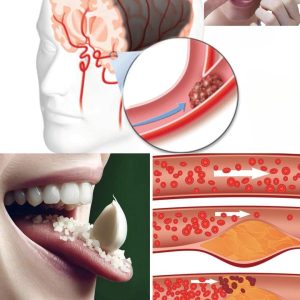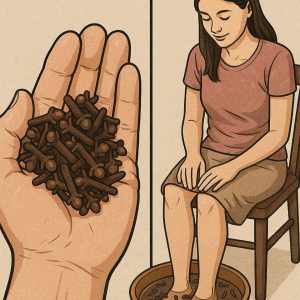
Shingles, also known as Herpes Zoster, is a viral infection that can cause severe pain and a distinctive skin rash.
This condition is triggered by the reactivation of the varicella-zoster virus—the same virus responsible for chickenpox. In this article, we’ll walk you through its causes, how to recognize it early, and natural ways to ease the symptoms.
What Is Shingles and What Causes It?
Shingles develops when the varicella-zoster virus, which remains dormant in nerve tissue after a childhood case of chickenpox, becomes active again. Several factors can trigger this reactivation:
Weakened immune system: Often due to aging, autoimmune diseases, prolonged stress, or immunosuppressive treatments.
Physical and emotional stress: High-stress situations can lead to viral reactivation.
Chronic illnesses: Conditions like diabetes, HIV/AIDS, or cancer can increase the risk.
Older age: After age 50, the likelihood of developing shingles rises significantly.

How to Spot Shingles Early: Key Symptoms
Recognizing early symptoms is crucial to avoiding complications. The most common signs of shingles include:
Localized pain or burning: Typically appears on one side of the body or face.
Skin rash: Red patches that develop into fluid-filled blisters.
Tingling or itching: Often occurs before the blisters form.
Fever and general discomfort: Flu-like symptoms may also appear.
Skin sensitivity: The affected area becomes extremely sensitive to touch.
If you notice these symptoms, it’s important to consult a doctor to confirm the diagnosis and begin treatment promptly.

Natural Treatments to Relieve Shingles
While standard medical treatment usually involves antiviral drugs and pain relievers, several natural remedies can help reduce discomfort and support healing. Here are some effective options:
1. Cold compresses
Applying cold compresses to the affected area can help soothe pain and reduce inflammation.
Use several times a day for 10–15 minutes at a time.
2. Aloe vera
Aloe vera gel has soothing and healing properties.
Apply it directly to the blisters to relieve itching and promote skin recovery.
3. Oatmeal baths
A bath with colloidal oatmeal can ease itching and skin irritation.
Add one cup of ground oatmeal to warm water and soak for 15–20 minutes.
4. Essential oils
Certain essential oils have antiviral and anti-inflammatory benefits:
Tea tree oil: Apply diluted with coconut oil directly to blisters.
Lavender oil: Helps relieve pain and promote healing.
5. Vitamins and minerals
Strengthen your immune system with foods rich in:
Vitamin C: Found in citrus fruits, kiwis, and bell peppers.
Vitamin E: Found in nuts, seeds, and spinach.
Zinc: Boosts immune response; found in legumes, shellfish, and lean meats.

Prevention: How to Lower Your Risk of Shingles
While you can’t prevent shingles entirely, you can reduce the risk by adopting healthy habits:
Vaccination: The shingles vaccine is the most effective way to prevent outbreaks, especially for adults over 50.
Balanced diet: Eat foods high in vitamins and antioxidants.
Stress management: Practice meditation, yoga, or other relaxation techniques.
Immune support: Get enough sleep and exercise regularly.
Conclusion
Shingles can be a painful condition, but with early detection and proper care, its impact can be minimized. Combining medical treatment with natural remedies and preventive measures can help speed up recovery and reduce the chance of complications.
If you think you might have shingles, don’t hesitate to consult a healthcare professional. Your health and well-being come first!




